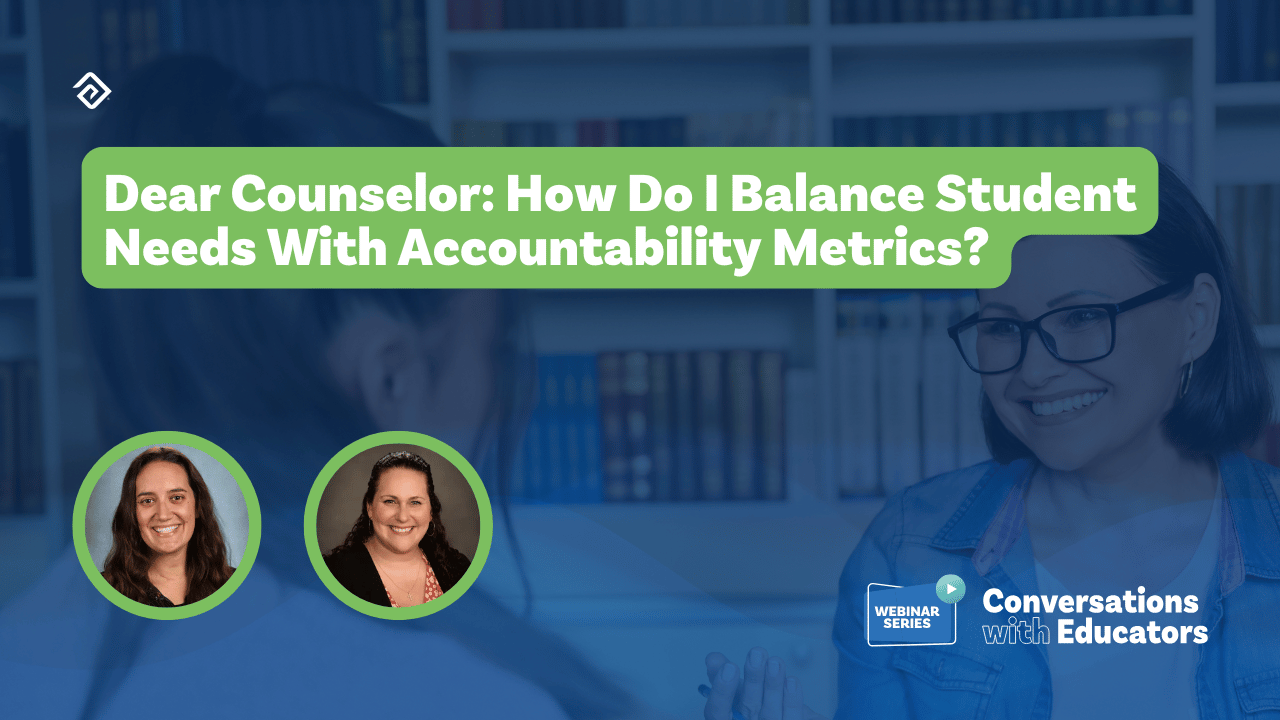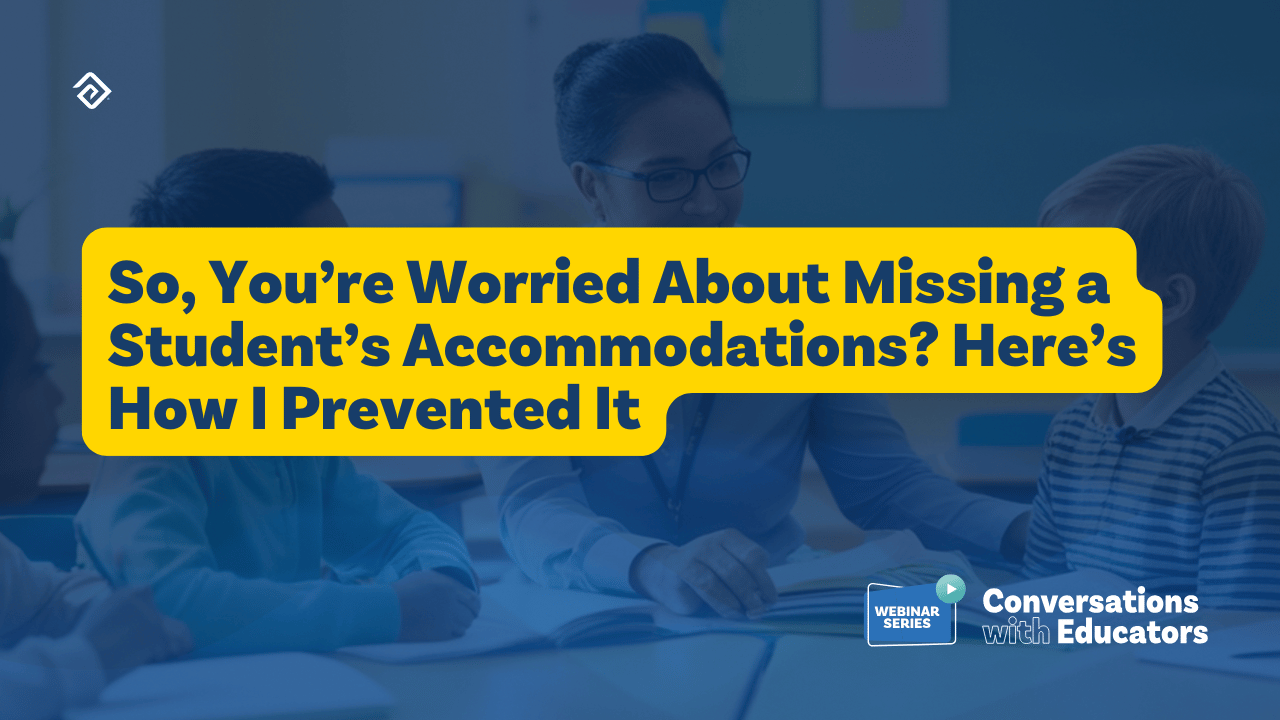7 Examples of Teacher Evaluation Methods
Teacher evaluations are essential for assessing how effectively educators support student learning and development. These evaluations play a crucial role in enhancing teaching quality, providing constructive feedback, and ensuring accountability within schools.
What Is Teacher Evaluation?
Teacher evaluation is the process of reviewing how well teachers perform in the classroom. It provides valuable feedback to encourage growth, improve teaching effectiveness, and support ongoing professional development.
Common methods of evaluation include classroom observations, including formal and informal, such as walk-throughs, student feedback, and reviews of teaching practices. These approaches contribute to a clearer understanding of a teacher's impact on student learning.
The main goal of teacher evaluation is to promote accountability, enhance instructional quality, and boost student learning. By setting clear standards, schools guide teachers toward educational objectives and promote continuous improvement that benefits both students and teachers themselves.

Why Teacher Evaluation Matters
Teacher evaluation is a valuable opportunity for meaningful professional growth. Just as assessments help students grow, teacher evaluations that provide clear evidence and support improvement are important for teachers’ development. When based on clear and accepted standards, evaluations help teachers:
- Connect their personal goals with the school’s vision
- Participate in targeted professional development programs
- Enhance their skills in line with educational advancements
- Monitor student learning more effectively
- Engage in self-reflection and self-assessment
5. Key Teacher Evaluation Methods
When examining examples of teacher evaluations, several key methods stand out as effective ways to assess and improve teaching practices:
1. Student Surveys and Feedback
Collecting feedback from students through surveys provides valuable insights into their learning experiences and the effectiveness of teaching. This helps teachers see what’s working and what might need adjusting.
Pros:
- This approach gives teachers valuable insights straight from the source—their students
- It helps highlight what’s working and where improvements could be made based on how students experience their learning
Cons:
- Responses may be biased based on factors such as grade expectations or personal relationships with the teacher
- Student maturity and understanding might influence the quality of the feedback
2. Classroom Observations
During classroom observations, administrators or fellow teachers observe a class in real time. This method gives immediate feedback on teaching techniques, classroom management, and student engagement.
Pros:
- A major advantage is the chance for instant feedback that can be directly applied to improve teaching
- Observers get a firsthand look at how a teacher handles the class, making it easier to assess classroom dynamics
Cons:
- Watching teachers can cause performance anxiety, as they may feel extra pressure
- Teachers may adjust their usual teaching style if they’re preparing specifically for an evaluation. This can result in a performance that doesn’t fully reflect their day-to-day practices.
- Observers can be subjective and influenced by their biases during classroom observations, potentially leading to inconsistent evaluations.
3. Self-Assessment
With this method, teachers engage in self-evaluation by reflecting on their own practices to identify strengths and areas that need improvement. Self-assessment encourages personal responsibility and promotes a growth mindset.
Pros:
- Encourages personal reflection and accountability
- Allows teachers to take ownership of their development
Cons:
- Teachers may struggle with objectivity or be overly critical of themselves, especially in the absence of external input.
- It can lead teachers to overestimate their effectiveness or avoid acknowledging their weaknesses.
4. Peer Review
In the peer review evaluation method, teachers observe each other’s classrooms and share constructive feedback based on their own experiences. This collaborative approach creates a supportive environment for professional growth.
Pros:
- Promotes peer support and creates a culture of growth among colleagues
- Teachers can share insights and feedback in a way that’s constructive and informed by their shared experiences
Cons:
- Striking a balance between support and critique can be challenging, as some teachers may hesitate to offer honest feedback out of fear of conflict.
- Subjectivity can also be an issue, depending on the nature of the relationships between the teachers.
5. Performance-Based Assessments
Performance-based assessments examine specific criteria, such as student outcomes, lesson plans, and how well teachers deliver their instructions. These assessments often use student work samples and test scores to measure effectiveness.
Pros:
- Offers a data-driven perspective on teaching performance, often connected to student progress and specific educational goals
- Establishes a strong foundation for understanding effectiveness
Cons:
- Relying too heavily on student test scores or other metrics can be problematic, as external factors beyond a teacher’s control may influence the results.
- This approach also risks reducing teaching to mere numbers, potentially overlooking the less measurable aspects of effective teaching.

How to Evaluate a Teacher
1. Use a Combination of Measures
Use a combination of student surveys, classroom observations, self-assessments, and measures of student learning gains to evaluate teachers. This provides a well-rounded and reliable assessment of teaching effectiveness.
2. Get Multiple Observers in the Classroom
As this report by the MET Project suggests, having more than one observer during classroom observations helps reduce individual biases and makes the evaluations more reliable. Additionally, several shorter 15-minute observation sessions can often provide valuable insights as effectively as longer ones.
3. Move Past Simple Observation
To effectively evaluate a teacher, it’s important to consider both the teacher’s actions and the student’s learning experiences. Observe how students engage during discussions and group work. Is the classroom lively and engaging? Pay attention to student responses and their performance on assessments. Combining both structured and casual observations can provide a clearer picture of whether the teacher supports a student-centered approach.
4. Discuss Insights With the Teacher
Schedule a timely follow-up meeting with the teacher after the observation. Use this time to listen and encourage them to reflect on their own teaching practices. This self-reflection helps teachers recognize their strengths and areas that need improvement. It also sets them up for future growth.
5. Share Effective Teaching Strategies
After sharing the assessment, have an honest conversation about specific points and proficiency levels. Newer teachers with limited experience might need more support, so offer practical tips to help them tackle challenges. Encourage them to gather student feedback to identify areas where the curriculum may be difficult for students. It’s also helpful to share effective classroom strategies and conclude with a well-defined development plan.
6. Rethink Scoring Methods
Teacher evaluations that involve traditional scoring methods may fall short of promoting real growth. Assigning scores can create emotional barriers that hinder improvement. A better approach might be to use a growth continuum, which encourages ongoing feedback and constructive conversations throughout the year. If state mandates require a score, cumulative data can provide a more balanced and fair evaluation.
7. Use Evaluation Results Wisely
Evaluation data can be helpful in giving teachers the right support and professional development. Be sure to avoid focusing too much on any single measure or using the results punitively. Remember, the goal of evaluation is to help teachers thrive.

Conclusion
When schools combine various examples of teacher evaluations, they can build a more balanced and effective approach to supporting professional growth. Tools like Evaluation, our staff evaluation software, make it easy to manage classroom observations, self-evaluations, performance analytics, and more. Evaluation gives teachers and the entire staff the feedback they need to improve, making it a great resource for schools focused on continuous improvement.
If your school is interested in new ways to improve the learning experience for children, you may also be interested in automating tasks and streamlining processes so that your teachers have more time to teach. Education Advanced offers a suite of tools that make it easier:
- Evaluation: A solution for documenting every step of the staff evaluation process, including walk-throughs, self-evaluations, supporting evidence, reporting, and performance analytics.
- Pathways: A graduation tracking tool that enables administrators and counselors to create, track, and analyze graduation pathways, ensuring secondary students stay on track to graduate.
- TestHound: Our test accommodation software helps schools coordinate thousands of students across all state and local K-12 assessments while considering various accommodations, such as for reading disabilities, physical disabilities, and translations.
More Great Content
We know you'll love




